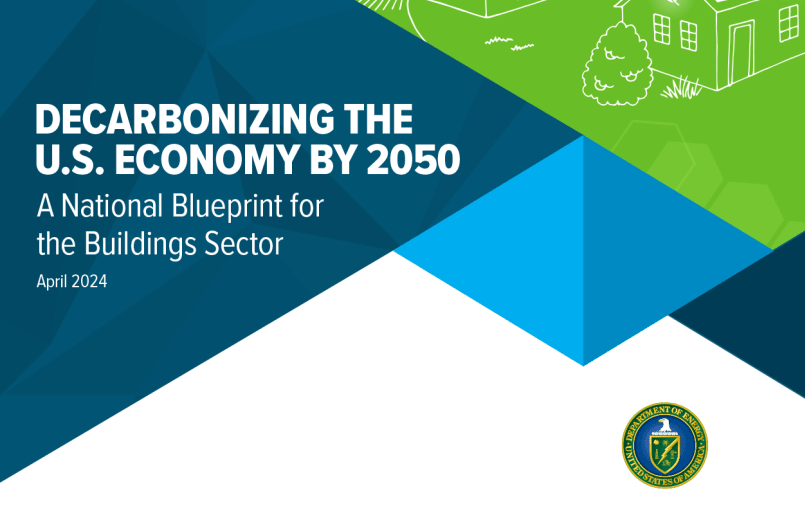How Many Concrete Bags Do You Need? 3 Steps To Calculate
Calculating the concrete bags you need is important to use the right mix for the project when working with concrete. Many types of concrete mixtures are available, each designed for a specific purpose. For example, some compounds are designed for strength, while others are designed for durability. The type of mix used will also affect the ratio of water to cement. More water makes the mixture easier to work with, but it also reduces the overall strength of the finished product. Less water results in stronger concrete, but it is more challenging to work with.
Ordering the right amount of concrete is crucial. Ordering an insufficient amount of the required concrete may cause serious issues, including the need to pour the concrete at two different times. However, ordering too much concrete is wasteful and will cost you more money. This blog post will teach you how to calculate how much concrete you need for your next project.
Determine the Dimensions of Your Project Area.
To do this, you’ll need to measure the length, width and depth of the space where you’ll be pouring concrete. For example, let’s say you’re planning on pouring a concrete patio 10 feet long, 20 feet wide, and 4 INCHES deep.
Multiply the Dimensions (make sure they are in feet)
To find the volume, simply multiply the length by the width by the depth. The depth is often in inches, in this case you need to divide the depth by 12 inches to get 0.33 feet. Continuing our example, if your project area is 10 feet long, 20 feet wide, and 0.33 feet deep, the square footage would be 66.7.
Convert Your Square Footage Measurement into Cubic Yards.
There are 27 cubic feet in 1 cubic yard, so divide your total square footage by 27 to find out how many cubic yards of concrete you’ll need. In our example, 66.7 divided by 27 equals ~2.5 cubic yards.
Purchase your bags of concrete mix based on the number of cubic yards you calculated. Most types of concrete mix are available in bags that yield approximately 1/2 cubic foot each. This can be helpful when working on a small project, as it ensures that only the amount of concrete that is needed will be mixed. However, for larger projects, it may be more cost-effective to order concrete from a supplier by the truckload.
So, based on our example above, you would need to purchase at least 110 bags of concrete mix for your patio project.
———
Measuring and ordering the right amount of concrete is vital to any construction project big or small. By following the steps outlined above, you can be confident that you’ll have enough concrete mix on hand to complete your project as planned—without any stressful surprises along the way! Or don’t stress about the math and use our concrete calculator.
Make sure to consult a professional if you are unsure how to measure the necessary amount of concrete for your job. They will be able to take into account the specific dimensions of your project and ensure that you have the right amount of concrete, with no margin for error. In addition, they may be able to offer advice on other aspects of your project, such as the best type of concrete to use or how to pour it in a way that minimizes waste.

Counter SalesJonathan (JB) Monterroza
Latest News
4 Features That Makes Masonry Supply Company Stand Out
A masonry supply company plays a crucial role in the success of construction projects, providing essential materials and expertise to […]

Choosing The Right Size Lintel For Your Project
Determining the correct size of a lintel is critical for the stability and longevity of your construction project. A lintel […]

Data Misses on Embodied Carbon
There is significant urgency to avoid, reduce, or even reverse the emissions of greenhouse gases (CO2e) to avoid the worst […]

4 Masonry Tools You Should Have At Home
Effective and efficient masonry work, whether for repairs or new projects, requires the right tools. At home, having a basic […]
